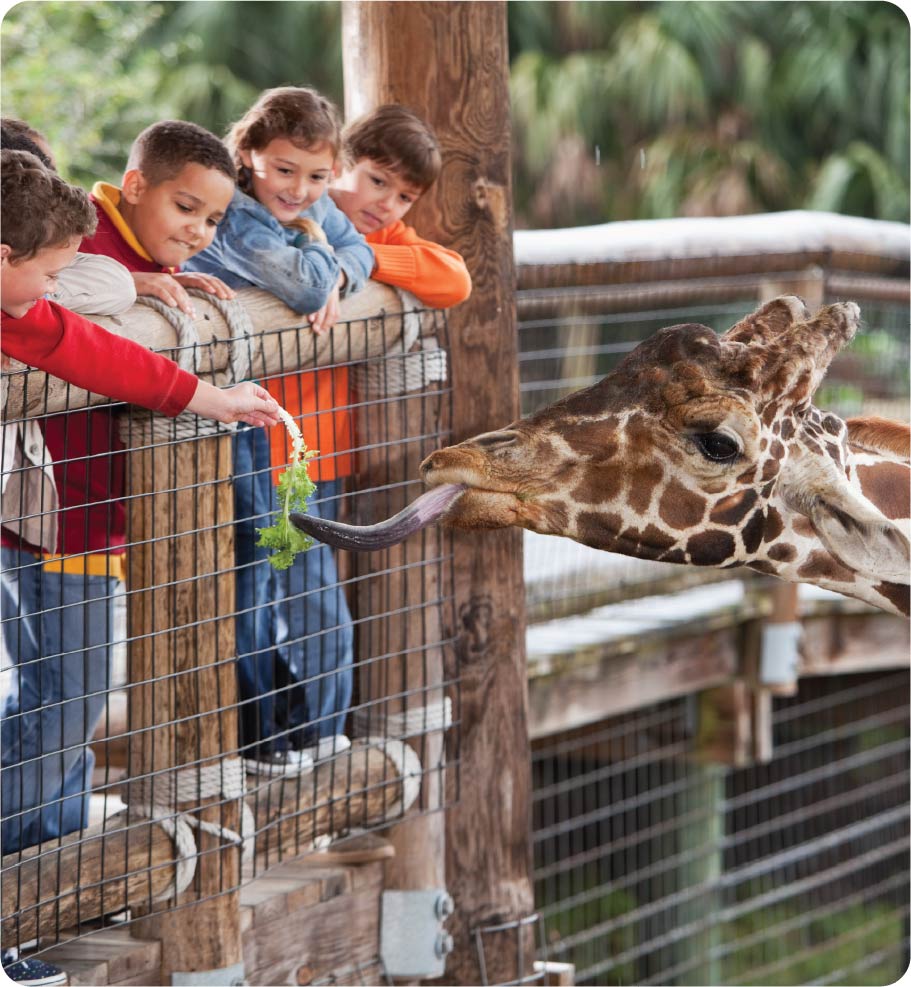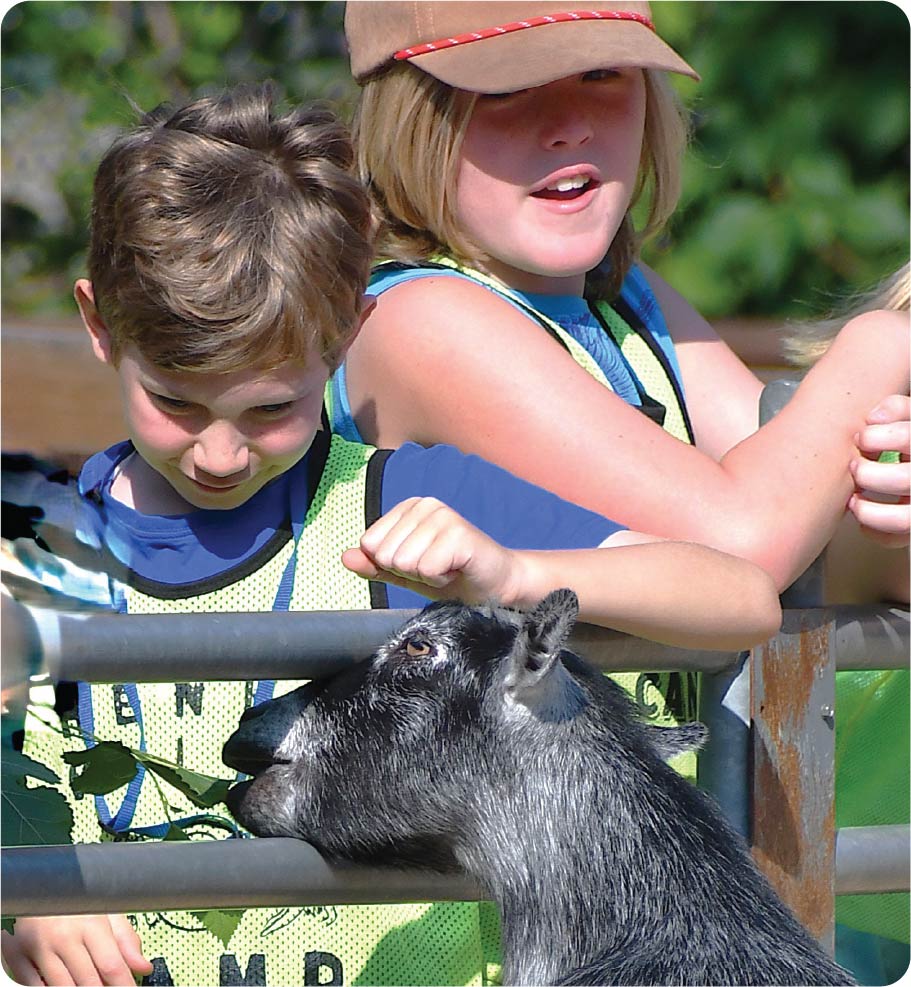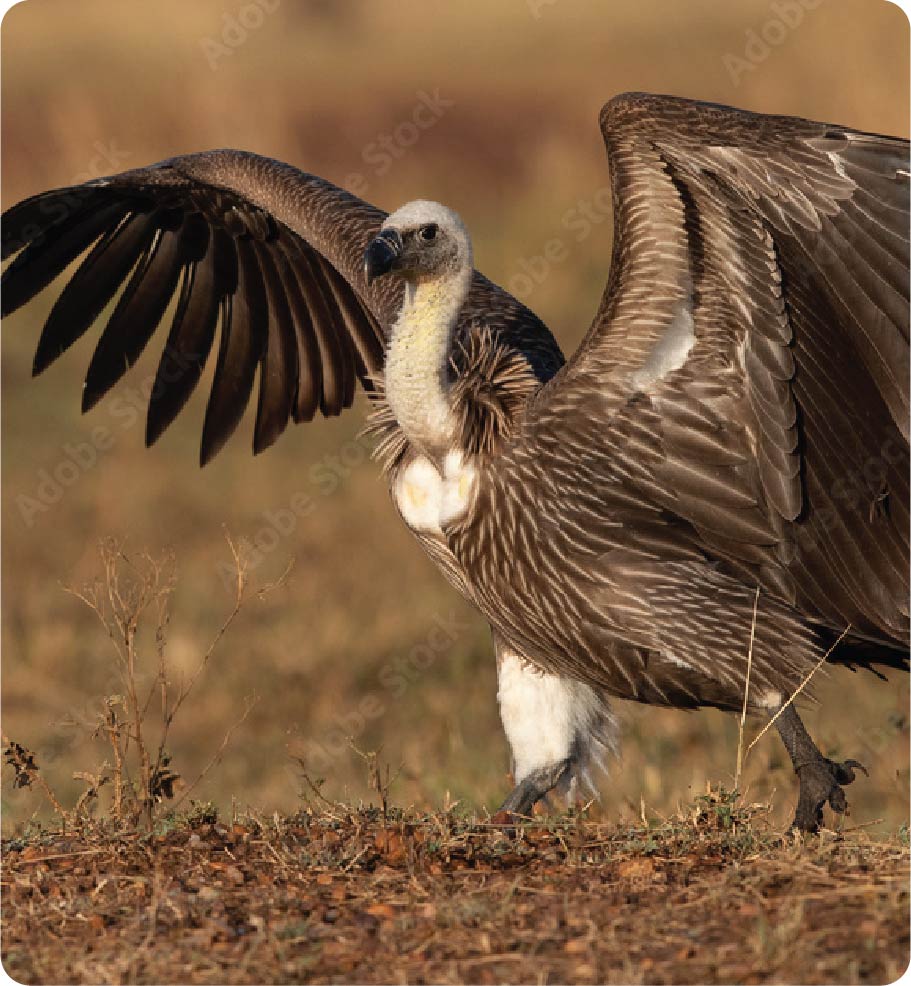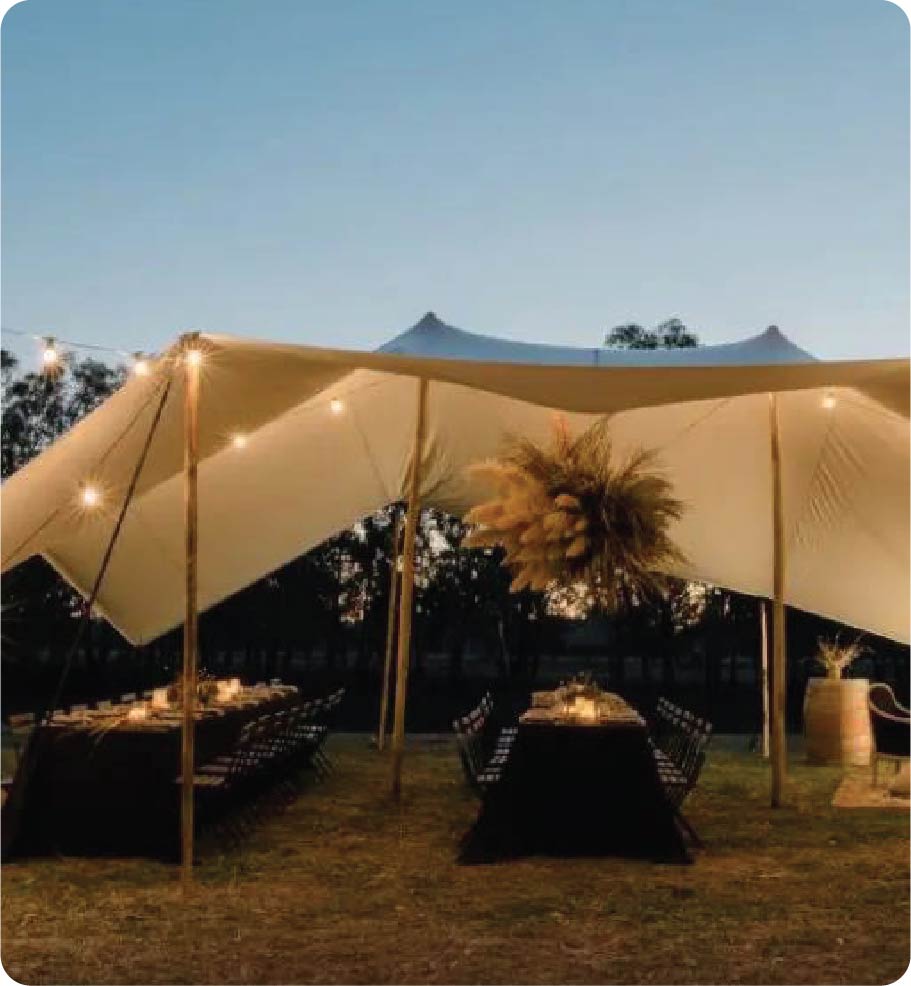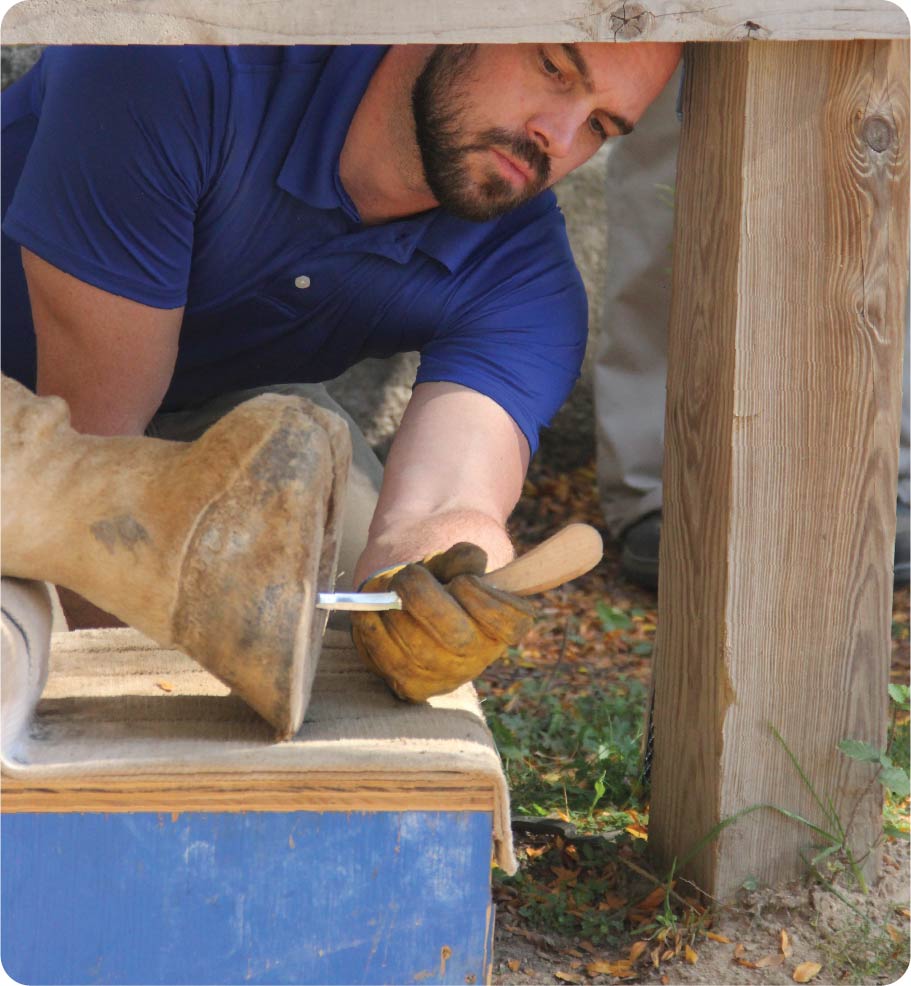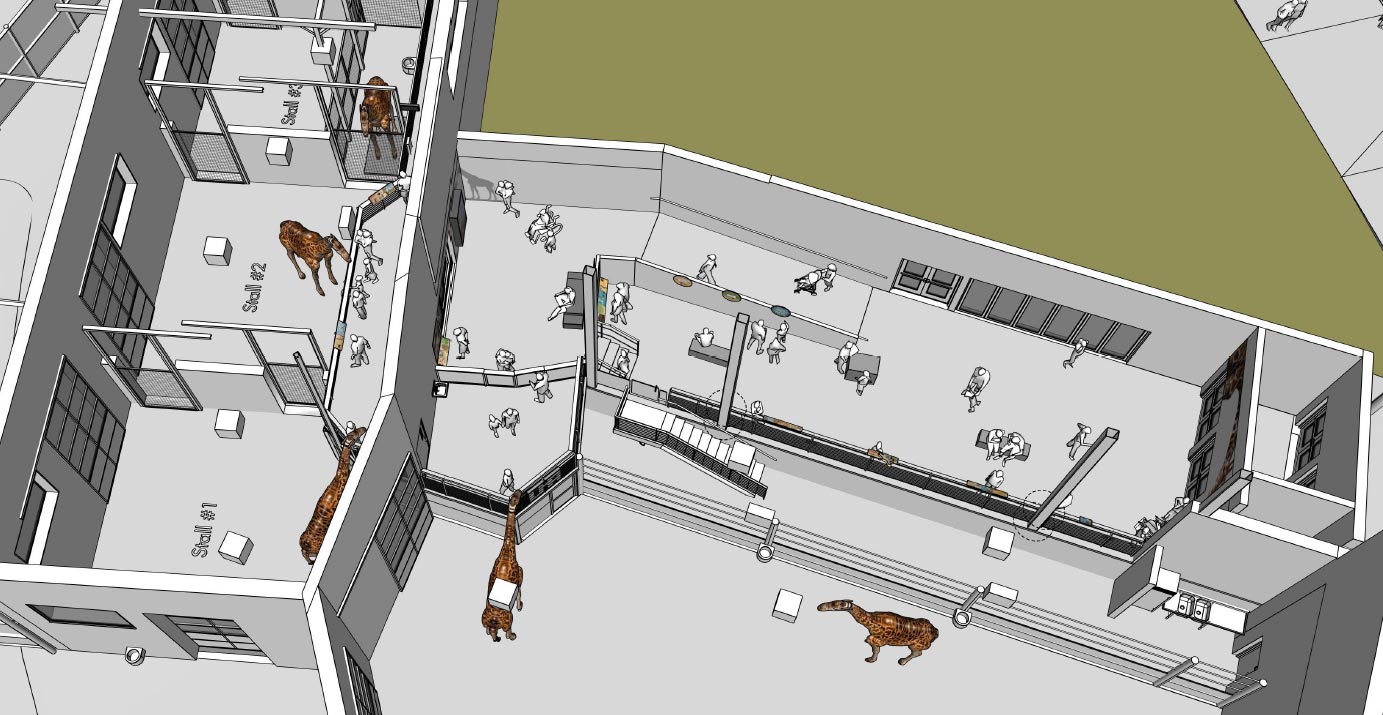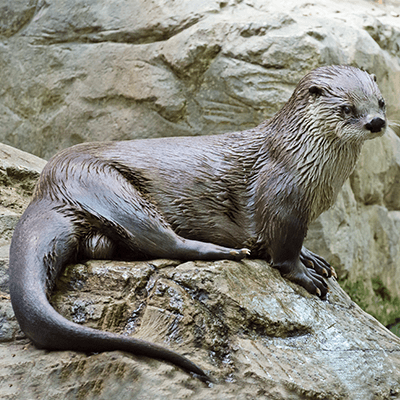
About North American River Otter
Did you know that otters can stay underwater for up to eight minutes? They are excellent swimmers! In fact, their highly muscular tails make up nearly 40% of the otter’s total body and help them swim up to eight miles per hour.
Habitat
They live across the United States and Canada near rivers, lakes, marshes, swamps, and estuaries.
Diet
River otters primarily eat fish, turtles, amphibians, crabs, and crayfish, with some birds, small mammals, and water plants.
Family Life
River otters are very social and known for their playfulness. While they tend to socialize in groups, they frequently like to live alone or in pairs. After a new litter is born, an otter family will remain together for six to seven months. Newborn otters weigh a tiny four to six ounces at birth and measure eight to eleven inches.
Conservation Status
The conservation status of the North American River Otter is classified as least concern.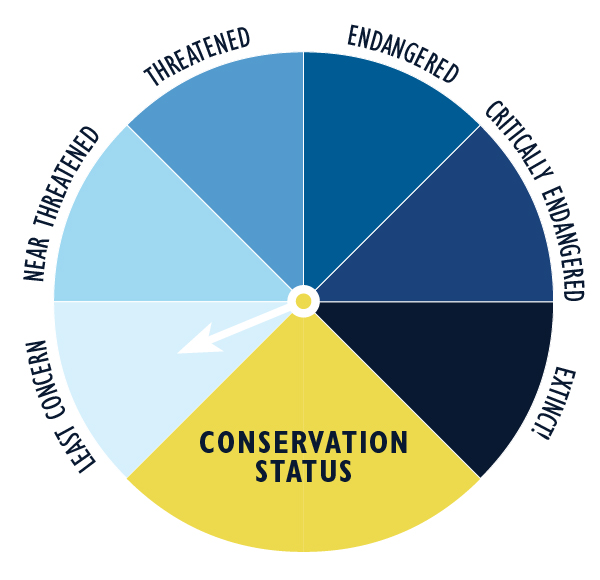
Threats
- The otter population has been reduced by water pollution, uncontrolled trapping, and severe habitat loss.
- River otters are frequently caught in beaver traps on accident.
- They are also considered a good indicator of the water quality since they have a low tolerance for polluted water. There is some evidence that their birth rates are reduced when pollution levels are high.
Facts about North American River Otter
Class:
Mammalia (mammals)Order:
Carnivora (carnivores)Family:
Mustelidae (badgers, otters, etc.)Genus:
Lontra (American river otters)Species:
Lontra canadensis (North American river otter)Life Span:
8 – 9 years (wild) / ~21 years (zoo)Size:
2.6 – 4.3 feet (0.8 – 1.3 m)Height:
11.8 – 19.9 inches (30 – 51 cm)Weight:
11 – 31 pounds (5 – 14 kg)
Fun Facts
- Talk about spreading out! A river otter’s home range can be up to 30 square miles.
- These semiaquatic animals love being in the water and can easily dive to 36 feet or more.
- Their best defense against cold water is… AIR! Otters groom themselves often, trapping air in their fur that prevents cold water from touching their skin, keeping them warm.
